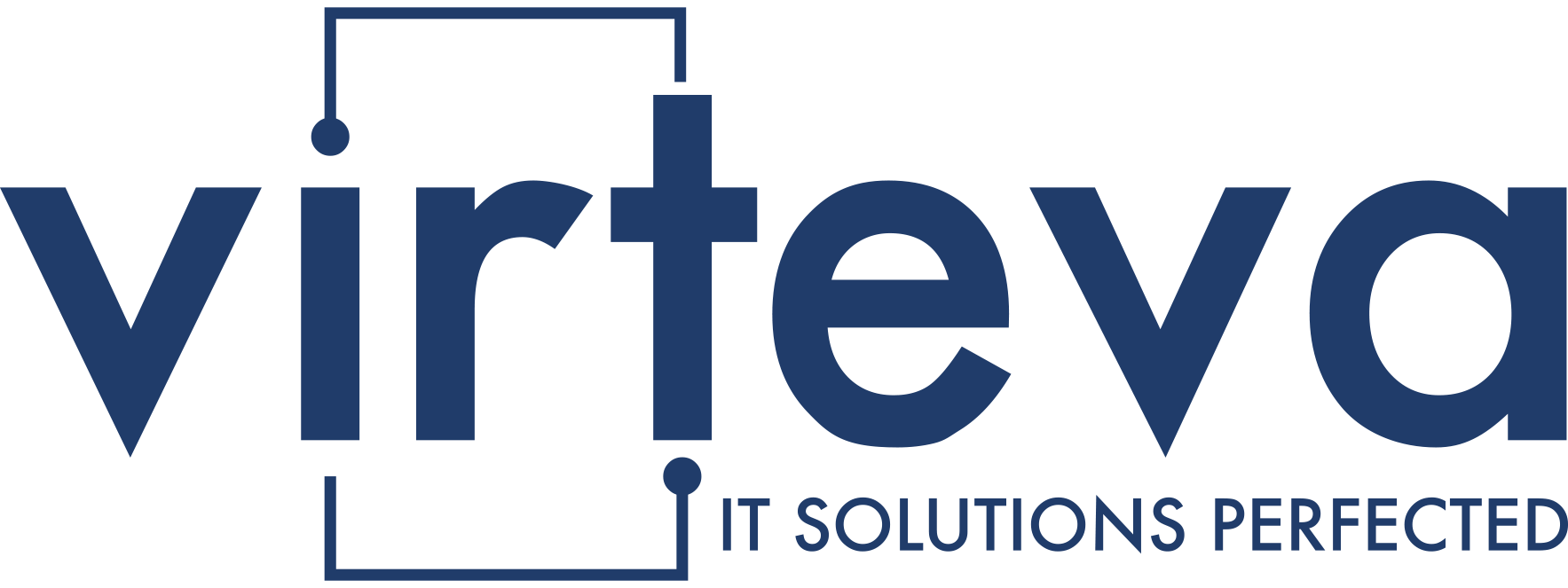What Is Data Governance?
What Is Data Governance?
Data governance refers to the comprehensive management of the availability, usability, integrity, and security of data used within an organization. It encompasses a set of processes, policies, and standards that ensure data is accurately collected, stored, and accessed, while also being protected from unauthorized use or loss. The goal is to ensure that data is high-quality, accessible to authorized users, and consistently handled throughout its lifecycle.
Furthermore, data governance ensures compliance with relevant regulations, such as GDPR, HIPAA, and industry-specific standards, to protect sensitive information and avoid legal or financial penalties. A solid data governance framework is essential for organizations to manage and leverage data effectively, turning it into a strategic asset that drives decision-making, operational efficiency, and competitive advantage across the organization.
Why Is Data Governance Important?
With the increasing reliance on data for decision-making, proper data governance is crucial for ensuring that data remains a trusted and valuable asset. Effective data governance helps organizations improve data quality, enhance compliance, mitigate risks, and make more informed business decisions. It also aids in protecting sensitive data and maintaining privacy, especially as data-related regulations, like GDPR, become more stringent.
Key benefits of strong data governance include:
- Improved Data Quality – Ensures that data is accurate, consistent, and up-to-date.
- Regulatory Compliance – Helps organizations comply with data protection laws and industry standards.
- Risk Management – Minimizes the risks associated with data breaches, data loss, and inaccurate reporting.
- Better Decision-Making – Provides reliable, high-quality data that drives strategic business decisions.
- Data Security – Protects sensitive data from unauthorized access and misuse.
Key Components of Data Governance
Data Policies and Standards
Establishing clear and comprehensive policies and standards is essential for guiding how data should be handled, stored, shared, and accessed across the organization. These policies ensure consistency and accountability, helping to mitigate risks related to data misuse or loss.
Data Ownership and Accountability
Clearly defining roles and responsibilities for data management ensures that every department understands who is accountable for the quality, security, and usage of data. Designating data owners and stewards ensures that there is a person or team responsible for overseeing data across its lifecycle, improving organizational efficiency and security.
Data Quality Management
Implementing robust data quality management processes is crucial for ensuring that data is accurate, complete, and consistent. This involves setting up data validation rules, performing regular audits, and correcting any discrepancies that might arise throughout the data’s lifecycle to ensure it remains reliable for decision-making.
Data Security and Privacy
To protect sensitive data from unauthorized access or breaches, organizations must establish strong security measures, including data encryption, access controls, and continuous monitoring. Privacy protocols, such as anonymization and data masking, should also be implemented to ensure that personally identifiable information (PII) and confidential data are properly safeguarded.
Data Compliance
Ensuring that data handling and processing practices comply with relevant legal and regulatory requirements is a critical aspect of data governance. This includes adhering to standards such as GDPR, HIPAA, or other industry-specific regulations. A focus on compliance not only minimizes legal and financial risks but also ensures that the organization operates within the law, protecting both the company and its customers.
How Data Governance Works
A well-structured data governance strategy typically includes the following steps:
- Establishing Governance Frameworks – Setting up a formal governance structure with clear policies, processes, and roles.
- Data Classification – Categorizing data based on its sensitivity and determining how it should be managed.
- Data Stewardship – Assigning data stewards who are responsible for overseeing data quality, security, and compliance.
- Monitoring and Auditing – Continuously monitoring data access and usage, conducting audits, and enforcing compliance with governance policies.
- Data Lifecycle Management – Managing data through its entire lifecycle, from creation and storage to deletion or archival.
Start Building a Strong Data Governance Program
Establishing robust data governance practices is crucial for businesses looking to harness the full potential of their data. With proper management, data becomes a strategic asset that drives business growth, improves decision-making, and enhances compliance.
Contact Virteva today to learn how our data governance solutions can help your business maintain high standards of data integrity, security, and compliance.
